| Andere Namen | Tintenschaber |
|---|---|
| Herkunftsort | China |
| Anwendung | Druckmaschinen, Tiefdruck, Flexodruck, Kunststoffdruck |
| Material | SK4,C100,20C |
| Modell-Nr | GP-DB |
| OEM-Service | Verfügbar |
| Zahlungsbedingungen | L/C, T/T, Western Union |
| Paket | Kartonschachtel, in Holzkisten |
| Lieferzeit | 7-20 Tage |
Teilen mit:
Metal Industrial has prioritized meeting customer needs for many years by continuously adding new features to their ink doctor blade. Our blades are used in gravure packaging, flexographic printing, UV flexo, offset varnishing, decorative materials printing, pressure-sensitive printing, screen printing, and coating applications.
Metal Industrial verwendet präzise CNC-Produktionslinien zur Herstellung hochwertiger Farbrakel. Unsere strengen Produktions- und Inspektionsprozesse stellen sicher, dass unsere Produkte sich in der Rakelbranche hervorheben.
Durch Einhaltung eines Qualitätsstandards und Konzentration auf die Kundenanforderungen ermöglicht Metal Industrial seinen Kunden, eine gleichbleibende Druckqualität bei großen Druckauflagen aufrechtzuerhalten und Ausfallzeiten zu minimieren.
Unsere Farbrakel sind für Tiefdruck und Flexodruck geeignet. Probleme wie Farbton, Streifen, Filamente, Streifen und Chromschichtverschleiß treten häufig aufgrund der Vielfalt der Druckmaschinen und Substratmaterialien auf. Metal Industrial bietet eine Reihe von Rakeln an, die diesen unterschiedlichen Anforderungen gerecht werden. Beim Verpackungstiefdruck verursachen dickere Tinten oft Streifen und zusätzlichen Verschleiß an Rakeln und Zylindern. Unsere Rakel passen sich diesen Tinten an und sind wiederverwendbar, wodurch Ausfallzeiten reduziert werden.

Die Keramikklingen von Metal Industrial eignen sich ideal für Beschichtungs- und Laminierprozesse im Flexodruck. Moderne Flexodruckmaschinen verwenden üblicherweise Rasterwalzen und Rakelmesser zur Farbübertragung. Die Druckbreite von Flexodruckmaschinen reicht von 200 mm bis 4000 mm. Einzelklingensysteme eignen sich für kleinere Druckmaschinen, während geschlossene Systeme besser für mittlere bis große Druckmaschinen geeignet sind. Die Druckgeschwindigkeiten reichen von 50 bis 450 Metern pro Minute. Die umgekehrten Klingen haben typischerweise einen Winkel von 30°-40°. Aufgrund der glatten Oberfläche von Keramik-Rasterwalzen sollte der Klingendruck minimal sein. Faktoren, die die Klingenlebensdauer beeinflussen, sind unter anderem die Form und Linienzahl der Rasterzellen sowie die Klingendicke.
Die Keramikklingen von Metal Industrial eignen sich für den Flexodruck und haben eine Klingendicke von 0,20 mm und manchmal 0,15 mm. Geschlossene Systeme erfordern keine Ersatzklingen, daher sind sowohl Standardklingen als auch abgeschrägte Klingen und Verbundklingen anwendbar.
Beim Halbtondruck, wie z. B. beim Etikettendruck, beträgt die Klingendicke normalerweise 0,075 mm. Generell gilt, dass dünnere Klingen eine bessere Leistung erbringen.
Installationsanforderungen: Beim Tiefdruck beträgt der ideale Kontaktwinkel für die Rakelinstallation 55-65°. Ein kleinerer Winkel kann zu unvollständigem Wischen und Plattenbeschlag führen.
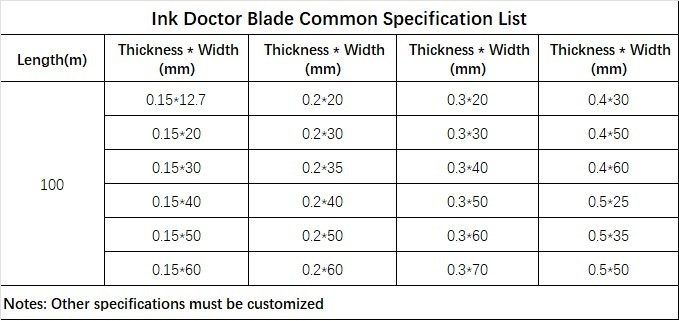
A doctor blade is a thin, flexible blade, typically made of metal or plastic, used in various industrial coating and printing processes to control the thickness of a liquid film applied to a surface. In printing, particularly flexography and gravure, the doctor blade plays a crucial role in removing excess ink from the surface of the printing cylinder (anilox roll or gravure cylinder), ensuring that only the ink held within the engraved cells is transferred to the substrate. The term “doctor blade” originates from its function of “wiping off” or controlling the amount of liquid.
Beyond printing, doctor blades are also used in other coating applications to meter or level the thickness of coatings applied to various substrates.
Doctor blades have diverse applications across several industries:
The selection of material for doctor blades is critical and depends on the specific application, the material being processed (ink, coating solution), the substrate, and the speed of operation. Common materials include:
Doctor blades come in various edge profiles and thicknesses to optimize performance for different applications:
The thickness of the doctor blade also varies depending on the application and the required flexibility and stiffness. Common thicknesses for metal blades range from 0.004″ to 0.020″ or more.
The doctor blade operates by applying controlled pressure against the surface of a rotating cylinder (anilox or gravure) or a substrate being coated.
In printing:
In coating:
The effectiveness of a doctor blade depends on factors such as the blade material, edge profile, thickness, the angle at which it is held against the cylinder or substrate, the applied pressure, the surface condition of the cylinder or substrate, and the properties of the ink or coating being used. Proper selection, setup, and maintenance of the doctor blade are crucial for achieving optimal results in printing and coating processes.
Willkommen zu Anfragen!
If you don’t find the shear blade you are looking for, we can also customize it, see our „Kundenspezifische Klingen” to learn how!
Genießen Sie den Komfort des Imports. Vom Transport bis zur Zollabfertigung kümmern wir uns um den gesamten Prozess. Sie müssen nur die Mehrwertsteuer zahlen und warten, bis die Waren beim Unternehmen eintreffen.
Wir haben gesehen, wie seine Klingen in unzähligen Anwendungen eingesetzt wurden, und sind bereit, jedes Projekt zu bewältigen, das Sie uns stellen – mit Genauigkeit, Haltbarkeit und unübertroffen wettbewerbsfähigen Preisen.
Ob Sie Zeichnungen, Skizzen oder Muster liefern, wir können für Sie zeichnen und fertigen. Wir können Ihnen auch dabei helfen, bestehende Designs und Spezifikationen zu ändern, um nahezu jede industrielle Werkzeuganwendung zu verbessern. Bitte kontaktieren Sie unser engagiertes Vertriebsteam, um Ihre spezifischen Anforderungen zu besprechen.
Zur Kontrolle der Qualität werden eine Reihe von Tests und Kontrollen durchgeführt, darunter die Erstmusterprüfung, die Prüfung eingehender Materialien und zertifizierter Materialien, die Qualitätskontrolle während des Prozesses und die Endqualitätsprüfung.
Egal, ob Sie Importeur, Händler, Großhändler oder Endverbraucher sind, Sie sind bei uns herzlich willkommen – mit minimaler Mindestbestellmenge, ohne lästige Anfragen und mit mehr Freiheit beim Einkauf.
Werden Sie Ihr exklusiver Monitor und übertragen Sie regelmäßig alle wichtigen Knoten in der Produktionslinie, egal wie weit sie entfernt sind. So haben Sie den Produktfortschritt so weit wie möglich im Blick!
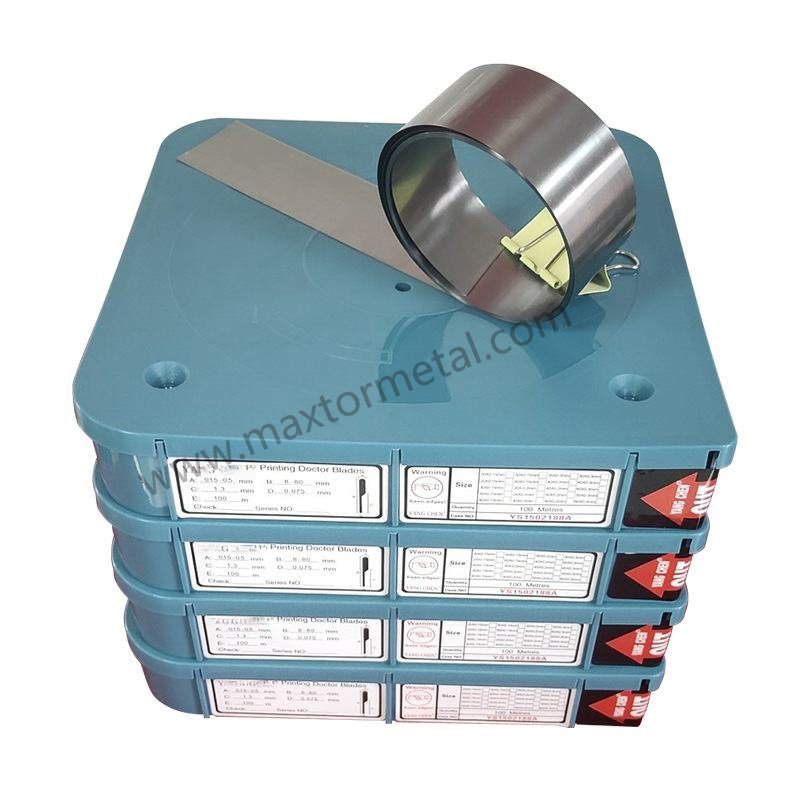
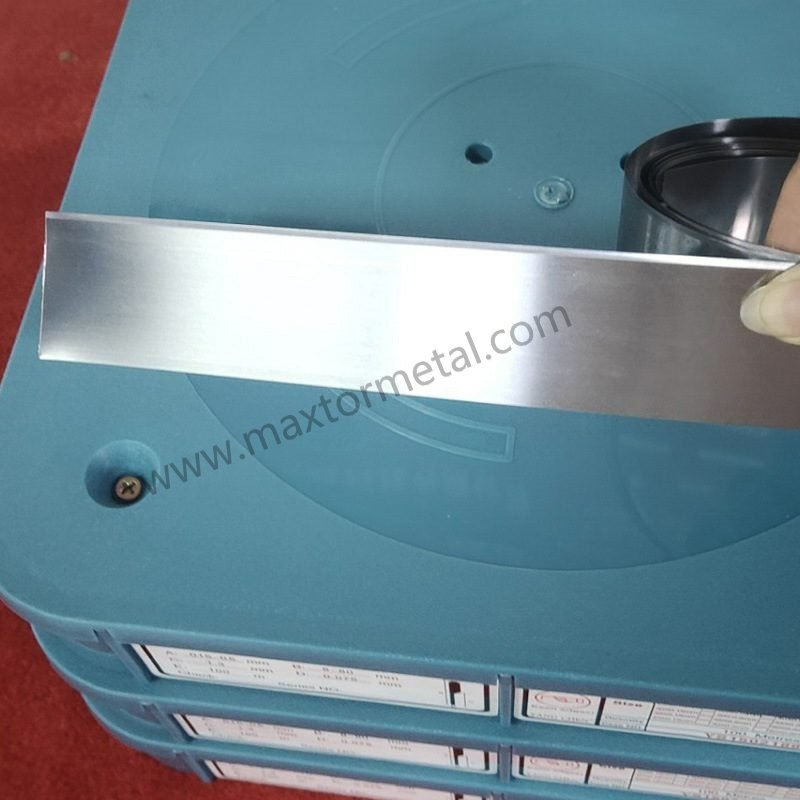
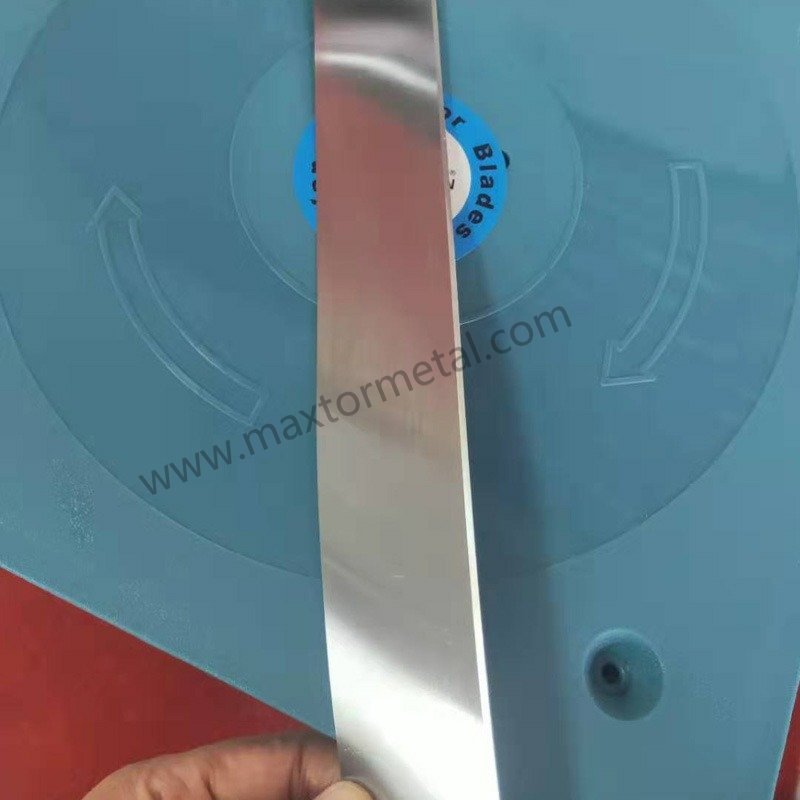
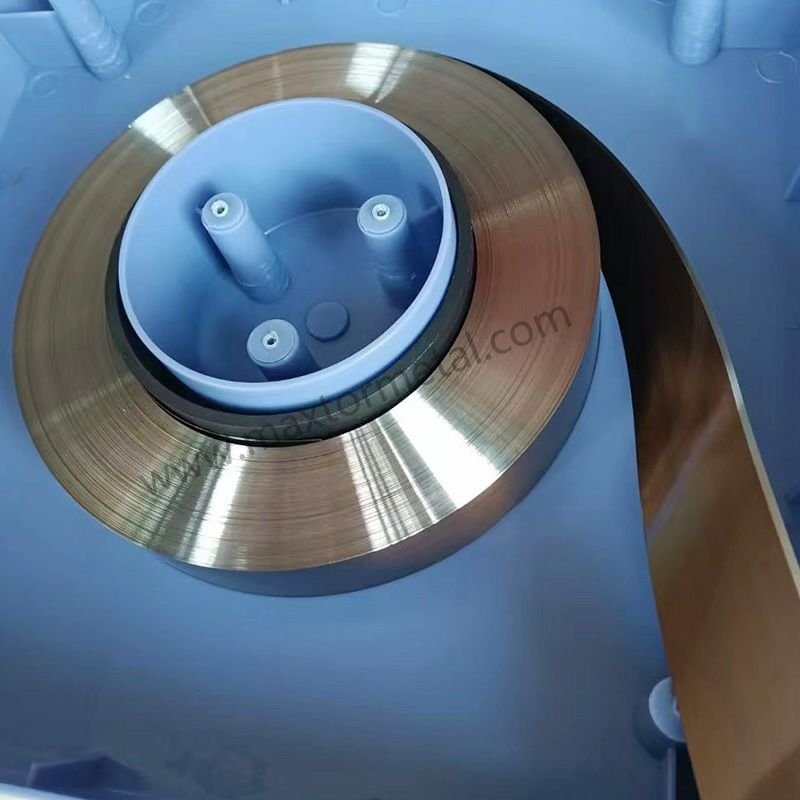
1. So verwenden Sie die richtige Rakelklinge in der Druckindustrie
Weitere verwandte Blogs finden ~
Nanjing Metal Industrial CO., Limited
Mingjue-Industriepark, Lishui, Nanjing, Jiangsu, China
Bleiben Sie mit unseren neuesten Nachrichten auf dem Laufenden.